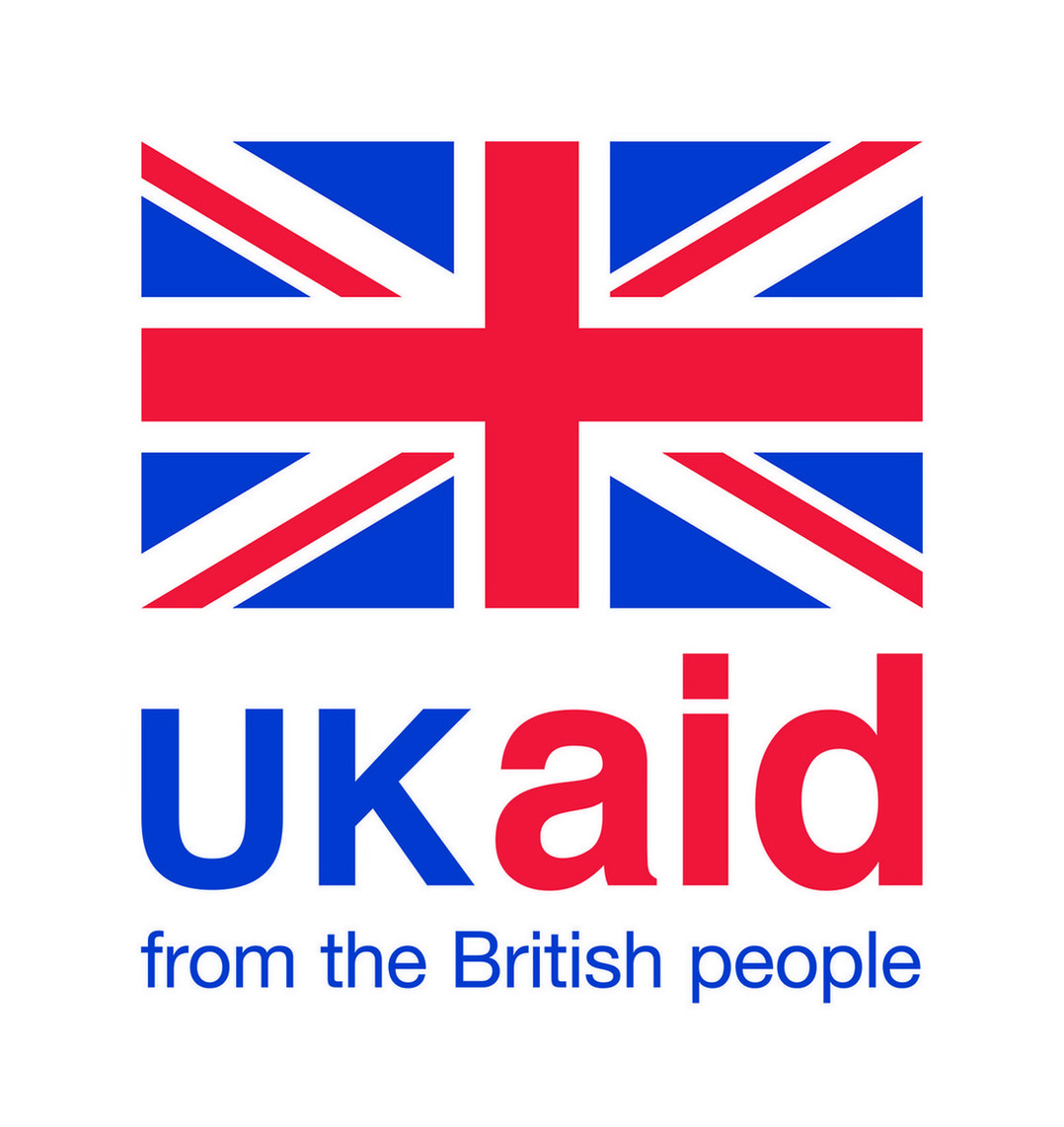There isn’t a week that goes by without our team speaking about ‘human’, ‘customer’ or ‘user’ centric design – whether it is through our current agricultural digitisation engagements or knowledge sharing with industry practitioners. Unsurprisingly, the user centric design (UCD) concept has caught on in the mobile for development sector, whether it is applied to fin-tech for financial inclusion or health for better maternal care and nutritional outcomes, the sector has come to embrace the need for more carefully designed products that meet users’ needs. While there is no need to convince anyone on the importance of this approach, is UCD just a set of buzzwords? Does the industry have a common understanding of what it entails? Doing the research is good, but how do we translate user findings into practice?
From our experience, focusing on user centricity has produced some important results. Our most recently supported services within the mNutrition Initiative have been proof that well designed agricultural value added services (Agri VAS) can meet farmers’ needs and enhance user uptake for mobile network operators (MNOs). Sixty per cent of users were active in December 2016, compared to only five per cent in the final months of our previous mFarmer Initiative (which ended in December 2014) – that is more than a tenfold increase! Furthermore, out of mNutrition services’ active user base, 40 per cent of subscribers were engaged, actively re-using the service monthly.
But while the spotlight tends to be on the results of a two year project, what does the journey look like? Looking at our mNutrition Initiative, it is clear that to achieve these results, product teams must commit and invest time and resources to improving the service over time, or as we say, “product iterate”.
How does the GSMA mAgri programme approach UCD for product iteration?
Our programme believes that an effective monitoring and evaluation plan that pairs findings from user field research (UX) with analysis of usage data (business intelligence), and phone surveys is essential to successful service design. By continuously gathering feedback from farmers and analysing the collected data, service providers are well equipped to map issues across the customer journey i.e. where do potential users drop off the registration process? What content are they accessing? This exercise, repeated on a quarterly basis, culminates in what we call, “product iteration workshops”, which are face-to-face sessions held between the GSMA mAgri team and the service provider local teams to discuss identified issues, prioritise solutions and refine the product roadmap.
In the table below, we present a selection of issues with suggested design solutions across the six services. Each of our MNO partners goes through this process for their respective product. The outcome of a product iteration workshop is that, with the support of their C-level management, the product teams select the solutions to specific pain points and make changes to improve the service.
It is worth mentioning that UCD also plays a role in informing service improvement in other areas of the customer journey such as ‘Marketing’ and ‘Payment’. In specific cases, when it came to market the service, data showed that untargeted SMS or OBD blasts advertising the Agri VAS across the subscriber base resulted in limited user conversion. By using business intelligence to target interactive OBD messages at identified potential users (those more likely to adopt the service), conversion rates (i.e new subscribers to the service) were improved (result: five to six per cent conversion rates versus two per cent for untargeted OBDs). Similarly, for payment, a simple and clear payment structure (e.g. Pay-as-you-go per crop) has been one of the key success factors for Dialog’s Sri Lanka Agri VAS.
While ‘product iterations workshops’ allow our mAgri team to generate overall lessons that can inform the industry, the key takeaway here is that user-centric design principles should continue to be applied once the service launches. Continuously gathering feedback from users with a clear commitment to iterate the product throughout its lifecycle leads to higher service quality, more engaged users and increased potential for scalability.
To learn more about our methodology and insights on product iteration workshops, read our report.
This project was funded with UK aid from the British people.


